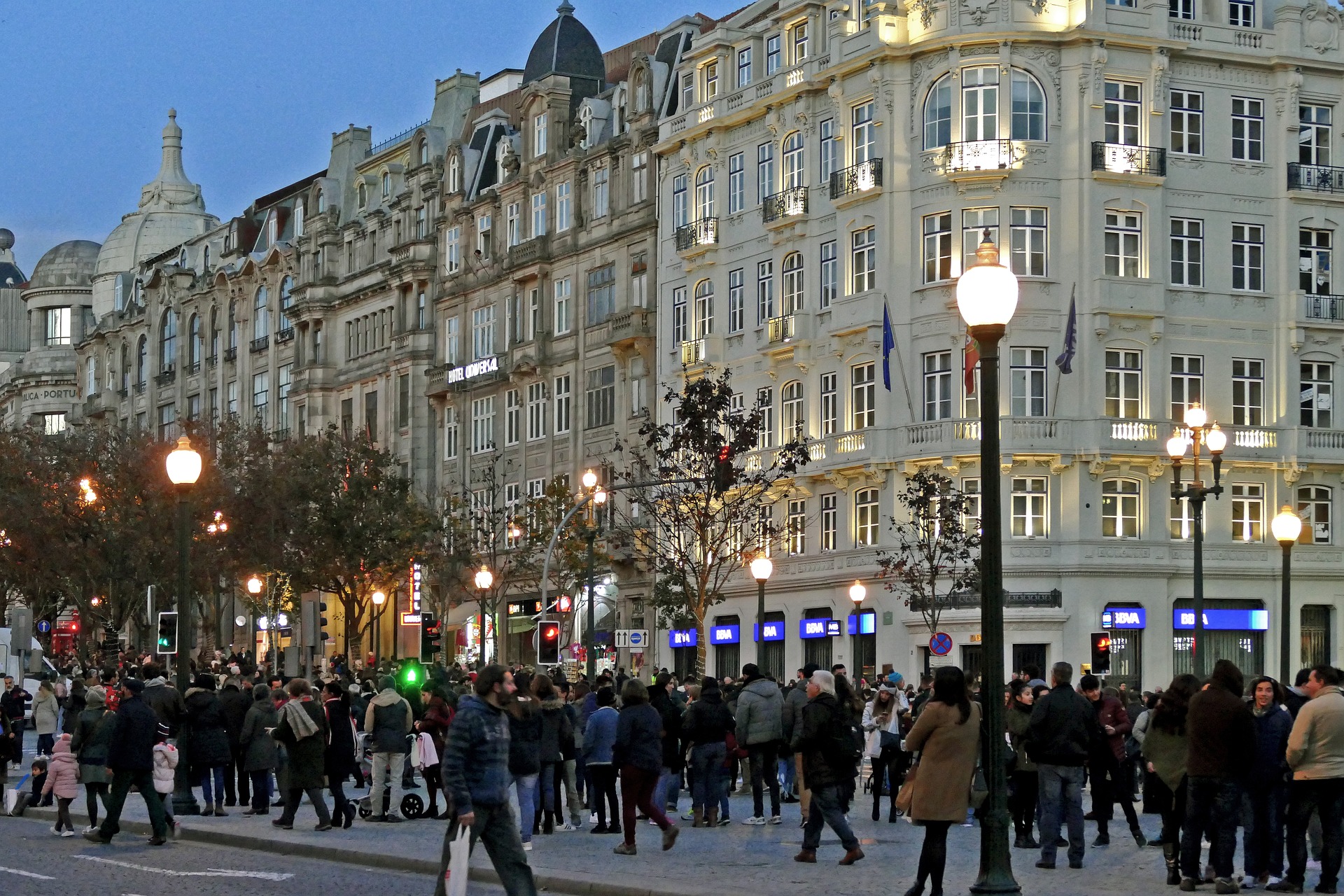La Française REM: European commercial property market poised for rebound in activity in 2024?
La Française REM: European commercial property market poised for rebound in activity in 2024?

In 2023, the tightening of central bank monetary policies to combat inflation caused a sharp rise in financial rates, which in turn pushed up yields on all asset classes and real estate in particular. As prices adjusted, investors adopted a wait and see attitude, which resulted in a significant drop in commercial real estate investment volumes across Europe and in France.
With rate hikes put on hold and the fall in bond yields at the end of 2023, real estate market conditions and more specifically valuations, became easier to read. Hence, we expect a pick-up in investment activity in 2024 as the property risk premium has adjusted.
In 2024, the investment market will likely be driven by parties that are forced to sell assets due to new financing conditions or that are unable to inject sufficient capital to meet the latest environmental and/or technical standards. These forced sales will provide opportunities for equity-rich investors.
Following the sharp rise in key interest rates and evolving financing conditions, European commercial real estate investment volumes fell by 47% year on year to €131 billion. Offices, an asset class marked by the trend towards flexible and home working, posted the largest decline. To a lesser extent, the logistics sector, hit by high asset valuations, also suffered from investors' wait and see attitude.
However, the decrease in investments did not hit all asset classes homogeneously. Indeed, investors have stepped up their diversification strategies. As a result, alternative assets accounted for 27% of investments in 2023 (a relative increase compared to 2022).
Geographically, the UK and Spain held up better, posting losses of around 35%, while Germany, the Nordics and the BeNeLux suffered the sharpest declines, between 55 and 60% year on year. France and Italy are in line with the European average, falling by around 45%. In general, the large deal segment suffered the most from tightening financing conditions.
Prime office yields keeping pace with rate movements
After a year of rising yields, real estate valuations may have found a ‘sweet spot ', helping to kick start activity in real estate markets. However, with few deals, especially large deals, yields remain difficult to estimate. At the end of 2023, prime office yields of European capitals ranged between 4% and 5.25%. Germany and the BeNeLux saw the most significant rate rises in 2023.
The prospect of looser financial conditions and lower volatility bodes well for a gradual recovery in the investment market in 2024. It should be noted that the environmental challenge, at the heart of real estate strategies, requires significant brown discounts for the most energy intensive assets.
Widening spread between take-up and supply
While office supply continued to increase in 2023, up 14% year on year, the fourth quarter saw an overall stabilization, even a slight increase, in demand for central locations, such as Amsterdam and Brussels.
European markets are on divergent trajectories, highlighting the importance of geographic diversification of real estate portfolios. Over the year, supply increased by more than 50% in Berlin, Munich and Dublin, but fell in Brussels and Milan, as well as in many central locations such as the central business district of Paris or Madrid. Future supply, constrained by higher construction costs and tighter financing conditions, should, however, remain limited.
Vacancy rates: the gap between prime and secondary assets is widening
Increasing user expectations of environmental performance and quality of life at work are widening the gap between prime and secondary assets. Rents for next generation assets continue to rise, averaging +4.4% in the euro area in 2023, while rents for secondary assets, particularly in the periphery, are decreasing; a trend that is reinforced by incentive measures.
While vacancy is growing across Europe, it is rising primarily in peripheral locations and is still largely made up of secondary assets, highlighting the mismatch between the existing stock and user demands. Central locations continue to suffer from a lack of supply, especially for new or restructured offices. This is particularly the case in the central business district of Munich, Paris and Amsterdam, which have low vacancy rates of 0.7%, 2.5% and 3.1% respectively.
Sources: CBRE, MBE, La Française REM Research








